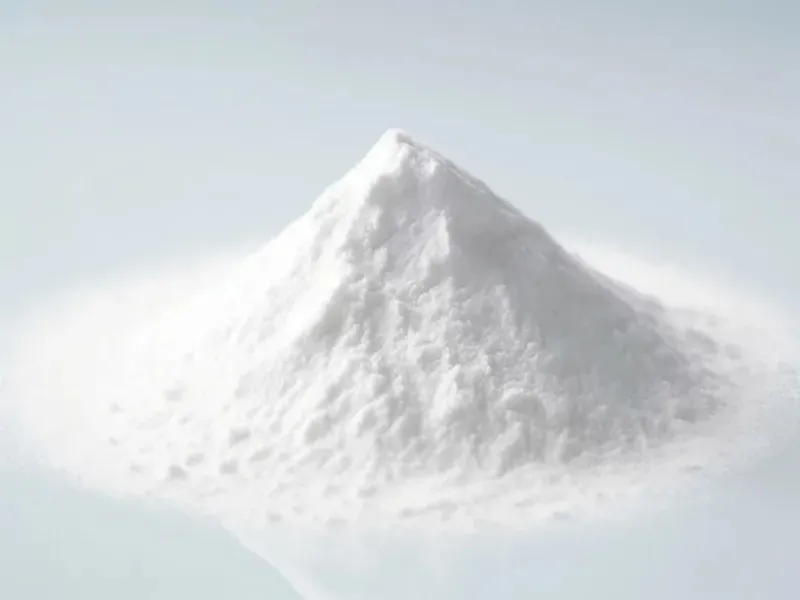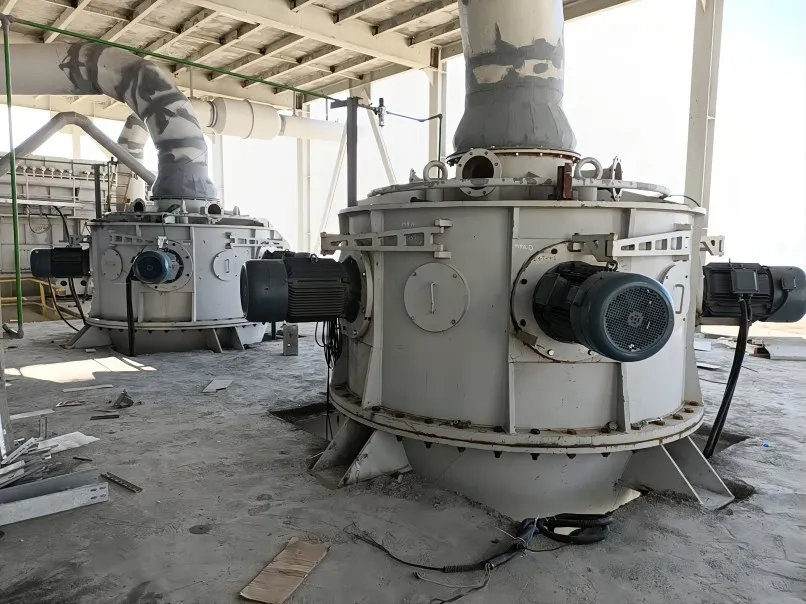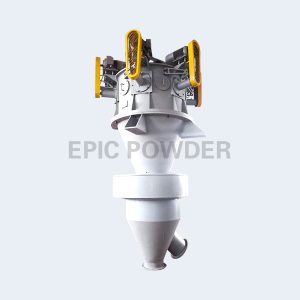We usually get calcium oxide (CaO) from natural limestone. Limestone primarily consists of calcium carbonate. We do this by heating it to a high temperature. The chemical formula CaO is for quicklime. It is an inorganic compound found abundantly in nature. It is crucial in many fields. These include industrial production, environmental protection, and agriculture.

Properties and preparation of calcium oxide
Calcium oxide is a white solid with hygroscopicity. It easily reacts with water to form calcium hydroxide (slaked lime). This releases a lot of heat, known as “lime hydration heat. It is mainly made by heating limestone ,which is mainly calcium carbonate. The reaction is: CaCO3=CaO+CO2↑. This process is usually done in a modern rotary kiln or vertical kiln. They have a temperature of up to 900-1200℃.
Application fields of calcium oxide
1. Building materials are key for making cement. Calcium oxide is a key one. It’s vital in construction. It is also used in construction. For example, in wall painting and ground hardening. It makes building materials more fire resistant and hard.
2. In steel smelting, calcium oxide can be used as a slag-making agent. It adjusts slag’s composition and helps with desulfurization and dephosphorization. It also improves steel quality.
3. Environmental protection drives the use of calcium oxide. It is used in wastewater treatment and flue gas desulfurization. This is because it is strongly alkaline and adsorbs. It can effectively neutralizing acidic substances and reducing environmental pollution.
4. In farming, calcium oxide can improve soil pH. It provides the calcium crops need. It also helps prevent and control some diseases and pests caused by acidic soil. At the same time, it can also be used as an animal feed additive to supplement the calcium needs of animals.
5. It has special uses in food processing and pharmaceuticals. It also has them in rubber and plastics. It is used as a desiccant, stabilizer, or filler.
Impurity characteristics and features of calcium oxide
During heating, calcium oxide has impurities. Limestone has impurities, too. These impurities usually have these traits:
1. Impurities mainly come from other minerals in raw limestone. These minerals include silicates, clay, and iron. Also, slag forms during the calcination process. Ash forms after fuel combustion. Both can become impurities.
2. Impurities may exist in many forms. These include tiny particles, flakes, or blocks. They can be amorphous or solid with a certain crystal form.
3. Impurities cause the color of quicklime to differ from the white of pure calcium oxide. It can be gray, light yellow, brown, or other color. This affects the product’s appearance quality.
4. The impurity particles vary in size, from microns to millimeters. They can be graded and separated through screening and other methods.
5. Impurities may have different physical properties. These include density, hardness, magnetism, and hygroscopicity. These properties allow for removal by physical means. For example, some impurities may react to magnetic forces. They can be removed by magnetic separation. Or, they have a low melting point. They can be turned into easily removable substances at high temperatures.
6. Some impurities have different reactivity than calcium oxide in water or acid. In some cases, we can use chemicals to separate them.
7. Impurities will impact quality. They will affect the purity, whiteness, solubility, and final application of calcium oxide. For example, in the fields of building materials, chemicals, environmental protection, etc., high-purity calcium oxide products are essential.
Calcium oxide impurity removal and sorting process
To improve calcium oxide purity, factories often pick purer raw materials. They also control the calcination conditions. They set the temperature and time. They also control the atmosphere, such as by isolating air or controlling oxygen. At a later stage, physical methods may also be included. These include crushing, screening, magnetic separation, and photoelectric separation. They remove more inorganic impurities. For the calcium oxide sorting process, the following methods can be used.
1. Particle size sorting is done by screening equipment. It uses sieves with different mesh sizes. They separate large and small impurity particles from calcium oxide.
2. Magnetic separation can remove iron or other magnetic impurities. A magnetic separator can separate magnetic and non-magnetic materials.
3. Impurities can be sorted by gravity. This happens if their density is much different from that of calcium oxide. Gravity sorting equipment, like heavy medium cyclones or jigs, can do this.
4. You can use wind or airflow to separate light or fine impurities from calcium oxide powder. This is especially true for ultrafine powders, which often use airflow classifiers.
EPIC Powder Machinery developed the HTS series turbine airflow classifier. It resolves the issue of poor grading. China’s ordinary classifiers also have low output. It combines the Alpine and Akentu traditions of Germany with its own production. It uses the matching SRM series ultrafine ring roller mill classification technology. The result is a industry-leading turbine airflow classifier. It can sort 1.5~30μm and 2μm with a 90% content. The HTS series turbine airflow classifier has many uses. It is for heavy calcium, light calcium, and calcium oxide. It is also for talc. This is for barium sulfate, wollastonite, pyrophyllite, dolomite, graphite, kaolin, brucite, and soapstone.

5. Electric separation is not common in sorting calcium oxide. But, in some cases, it can be used if the impurities have different conductivity. It can then sort based on the electrical differences of the material.
6. This method does not sort physically. But it can also treat materials or products with chemicals. The goal is to dissolve or convert certain impurities.
7. Sorting can use photoelectricity. This works because quicklime is either white or nearly white. Also, some impurities have different colors than calcium oxide. In use, ore color sorters mostly sort ores or minerals. They have clear color differences. They can also remove impurities with large, visible color differences in calcium oxide.
We combine the above means. Removing impurities in making calcium oxide is a big project. We must pick the right sorting tech and gear based on actual conditions. This ensures that the product meets the expected quality.
The calcium oxide market shows a positive development trend
First, let’s talk about market size. The chemical industry has grown quickly. This has increased the number of calcium oxide companies and their market concentration. The market size is expected to have significant growth.
Also, prices fluctuate. But, the average price in the market remains stable. However, the price may depend on factors. These include the region, supply, demand, and product quality. But, there are differences.
Additionally, the demand for calcium oxide is increasing in terms of product uses. It is an important industrial raw material. Production is growing. 4.0 is becoming faster in the industry. Urban and rural construction are changing fast. So, the need for industrial calcium oxide will naturally rise. At the same time, the demand for good building materials has also grown. And it has been growing continuously. Urbanization has greatly impacted the demand for calcium oxide. However, the market is also facing some challenges. Environmental protection standards are improving. Market changes due to technological advancements are also a factor. They will make the calcium oxide market more competitive and harsh. This requires companies to focus on improving product quality. They must also develop eco-friendly tech while increasing production.

